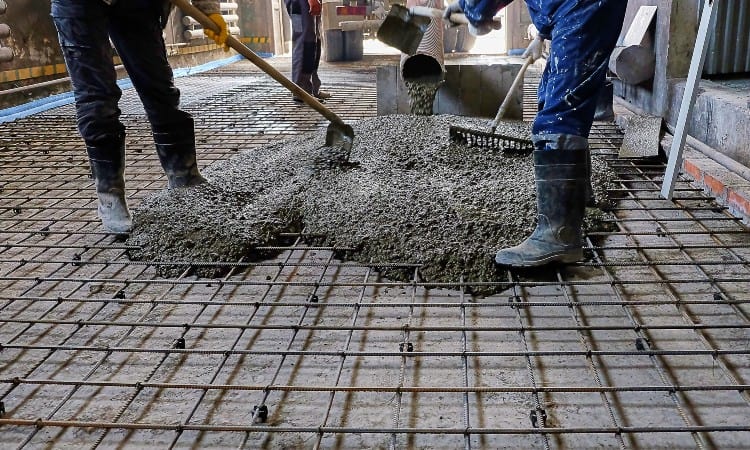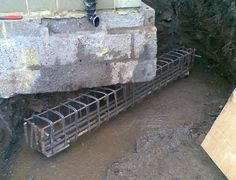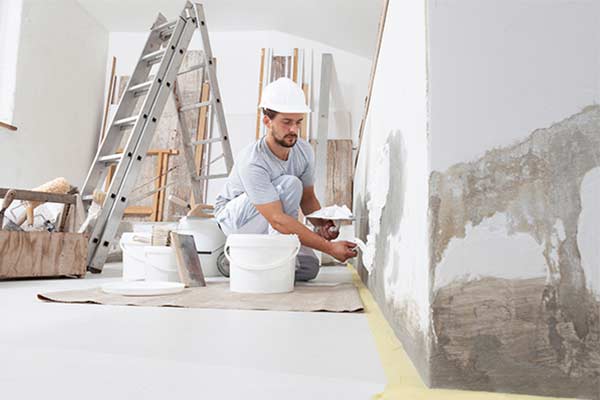
What Are the Benefits of Concrete?
Concrete is a durable construction material that stands up well against harsh weather and natural disasters, as well as needing less maintenance than steel and wood materials.
At present, concrete production involves recycling various industrial waste products including fly ash, slag, ground vehicle tires and granulated blast-furnace slag; all of which help to lower its carbon footprint.
Durability
Concrete house slabs Melbourne is an extremely long-wearing material, meaning that it can withstand even severe weather conditions for extended periods without succumbing to wear and tear. This quality helps save resources by eliminating repairs or replacement costs as well as waste generation and energy consumption, saving resources while simultaneously saving energy costs.
Durability in concrete depends upon its aggregates, cement and construction practices; poor quality aggregates may lead to cracking & spalling in the finished product.
Permeability of concrete is another crucial element affecting its durability, which can be reduced by decreasing its water cement ratio or using pozzolanic materials in its mixture.
Chloride corrosion of steel reinforcement in concrete is another significant threat to its longevity, which can be reduced with low water-cement ratio, non-reactive aggregates and incorporation of pozzolanic materials in the mix. Furthermore, adding cross-linked polymers may enable self-healing concrete which prevents formation of new cracks while aiding existing ones to heal quicker.
Recyclability
Concrete is an extremely flexible building material that can be recycled to be re-used in new projects. Recycling concrete is an integral component of sustainable development and helps protect the environment by reducing pollution levels, conserving natural resources and decreasing greenhouse gas emissions. Furthermore, recycling concrete provides cost-effective alternatives to purchasing new materials.
Recycled concrete aggregate (RCA) can save valuable landfill space, conserve natural resources, and decrease raw material production needs while also cutting energy consumption and transportation requirements for new projects. This practice reduces energy usage and transportation needs significantly.
Recycling helps preserve biodiversity by avoiding disturbance of natural habitats that would be disturbed to mine new rock for aggregate production. Recycling construction and demolition waste is also part of circular economy – replacing linear models as we build buildings to last as long as possible.
Energy Efficiency
Concrete’s low thermal conductivity and high thermal mass enable buildings to reduce energy use by delaying outdoor heat from reaching indoor spaces, while simultaneously storing daytime energy for release at night allowing for passive heating and cooling effects.
Buildings and pavements produce far greater GHG emissions during their operational phase than they did as part of their embodied impacts, so realizing the full potential of concrete solutions is important for mitigating global warming emissions. This involves both decreasing production as well as using innovative uses to lower energy consumption and system GHG emissions.
Concrete is an environmentally-friendly material because it’s produced only in quantities necessary for each project, eliminating waste materials going to landfills. Furthermore, its production can be combined with green technologies that amplify energy efficiency – for example insulation materials which increase thermal mass and dampen temperature fluctuations or air-tight seals that minimize energy leakage to improve performance.
Cost
Concrete is an economical choice for builders, requiring only low energy consumption during production and widely available worldwide compared to materials like steel. Furthermore, its long lifespan reduces maintenance and insurance costs for building occupants.
Fireproof materials provide added safety for building occupants and structures alike, and also don’t rust or mildew, helping prevent the spread of toxic substances and harmful organic compounds.
Concrete’s versatility as a building material also extends to its ability to be formed into various shapes and designs easily, enabling builders to craft unique structures. Plus, its waterproof properties prevent moisture damage that could cause mold growth or structural issues from damaging structures; plus its durability reduces maintenance costs while requiring less upkeep than combustible building materials.


